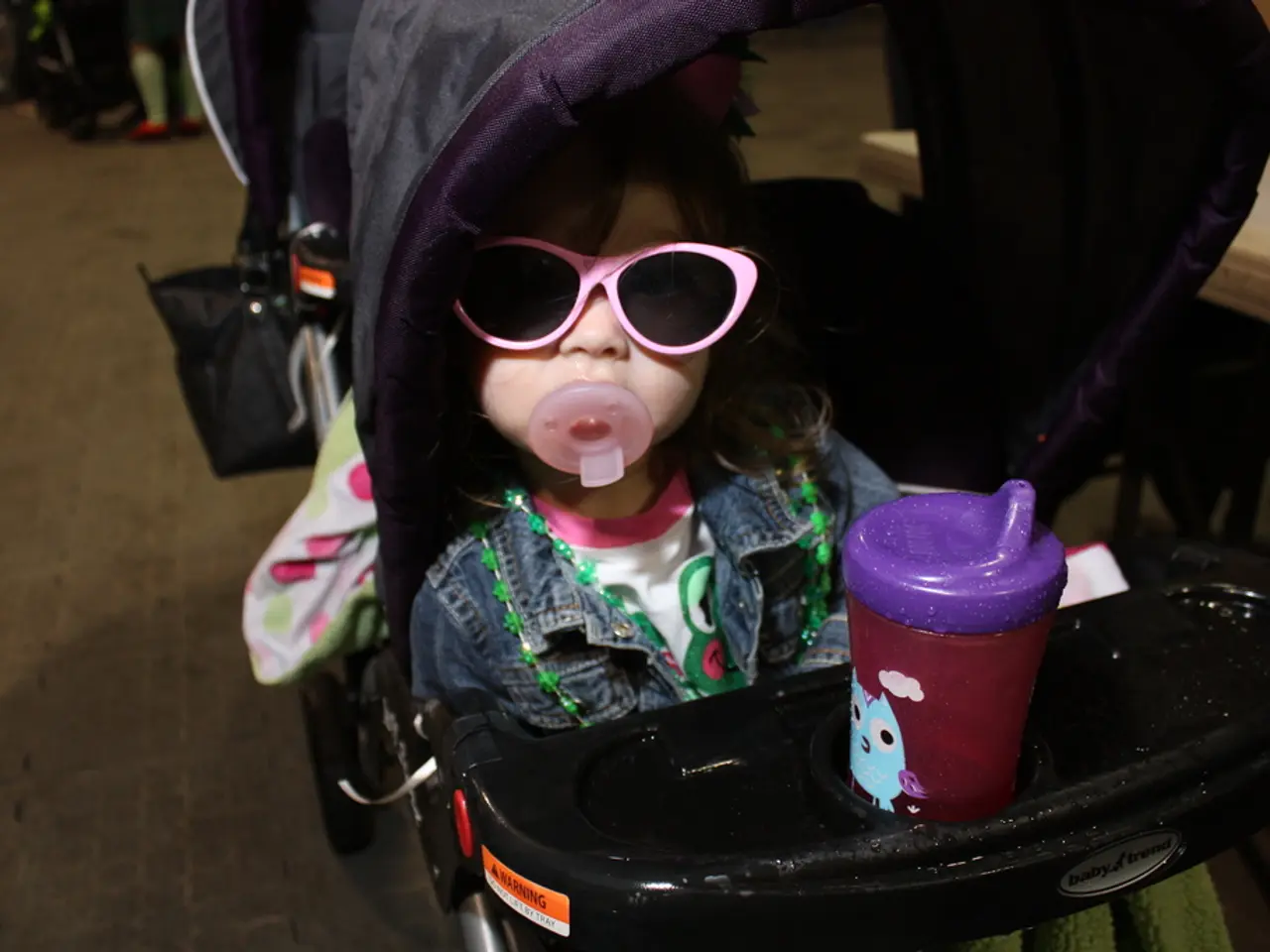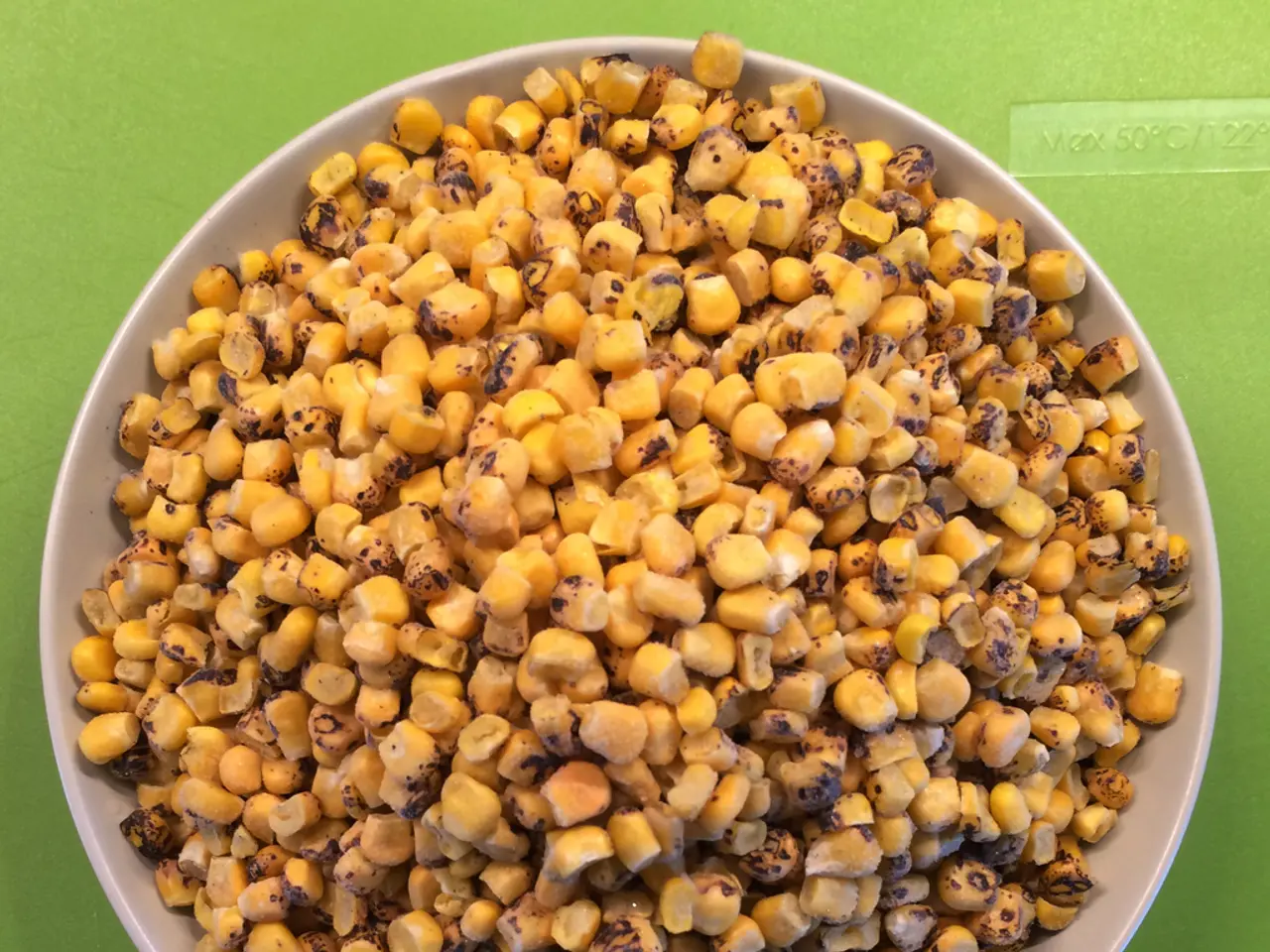American livestock has been contaminated with Avian Influenza
In a significant development, the D1.1 genotype of H5N1 bird flu has been confirmed in dairy cattle in Nevada, marking the first detection of this genotype in this livestock population in the United States. This discovery underscores the urgent need for containment measures to prevent further spread and the need for heightened surveillance and swift action.
The USDA is actively collaborating with the Nevada Department of Agriculture to conduct thorough assessments on the affected farm to contain the spread of the virus. Similarly, the California Department of Food and Agriculture (CDFA), in collaboration with USDA APHIS and National Veterinary Services Laboratories (NVSL), has deployed a specially trained veterinary medical outbreak response team to help protect agriculture from this evolving virus.
The control framework relies on surveillance, movement restrictions, enhanced biosecurity, research, and public health collaboration across federal and state agencies. Surveillance and detection involve monitoring the virus through diagnostic testing of infected herds and wild bird populations across affected states. USDA-funded research projects are underway to better understand the virus’s behavior and transmission in dairy cattle, which informs strategy adjustments for control measures.
Movement restrictions, such as statewide bans on poultry and dairy cattle exhibitions at fairs and shows, are implemented to reduce contact and transmission risk. Enhanced biosecurity practices at dairy farms include limiting farm worker exposure, use of personal protective equipment (PPE), sanitation measures, and animal management protocols designed to minimize cross-species infection and spillover.
Public health measures involve educating farm workers and the public about symptoms, transmission risks, and encouraging reporting of suspected cases. Human cases linked to D1.1 have led to heightened awareness for protecting agricultural workers.
The NMTS involves testing raw milk samples from dairy farms to monitor the transmission of bird flu, with pasteurization as a protective measure against the virus. As of now, 36 states are enrolled in the testing program, covering a significant portion of the nation's commercial milk supply.
The D1.1 genotype has caused concerns about its potential impact on human health. Tragically, a person in Louisiana succumbed to a severe case of the virus. The D1.1 genotype has already been responsible for infecting individuals, including poultry workers in Washington state and a teenager in British Columbia.
Experts and authorities are working tirelessly to address the emergence of the D1.1 genotype in American cattle. Michael Osterholm, an epidemiologist at the University of Minnesota and director of the Center for Infectious Disease Research and Policy (CIDRAP), has highlighted the heightened risk of spillover events due to increased activity among waterfowl across the U.S. The D1.1 genotype has been found in various wildlife species, as well as domestic poultry.
The confirmation of the D1.1 genotype in dairy cows in the United States serves as a reminder of the persistent threat posed by the virus. He stressed the importance of vigilance and proactive measures in combating the virus. The need for continued vigilance and control efforts remains paramount in safeguarding both animal and human populations from the potentially devastating consequences of avian influenza.
- The emergence of the D1.1 genotype in dairy cows highlights the need for extensive collaboration between health, agriculture, and environmental science sectors to develop effective strategies for controlling the spread of avian influenza and safeguarding both animal and human populations.
- As the D1.1 genotype has shown potential impacts on human health, it's crucial to integrate public health measures into surveillance and control efforts, including educating farm workers, the public, and healthcare providers about symptoms, transmission risks, and reporting suspected cases.
- In addition to monitoring the virus through diagnostic testing, ongoing research in health and environmental science is imperative to understand the behavior and transmission of the virus in dairy cattle and other species, informing strategy adjustments for preventing cross-species infections and minimizing the risk of spillover events.




